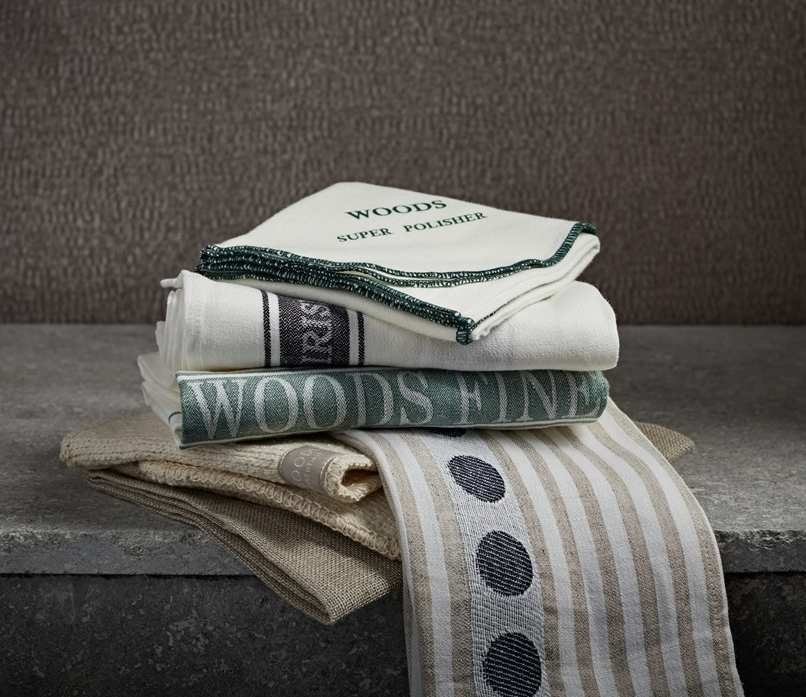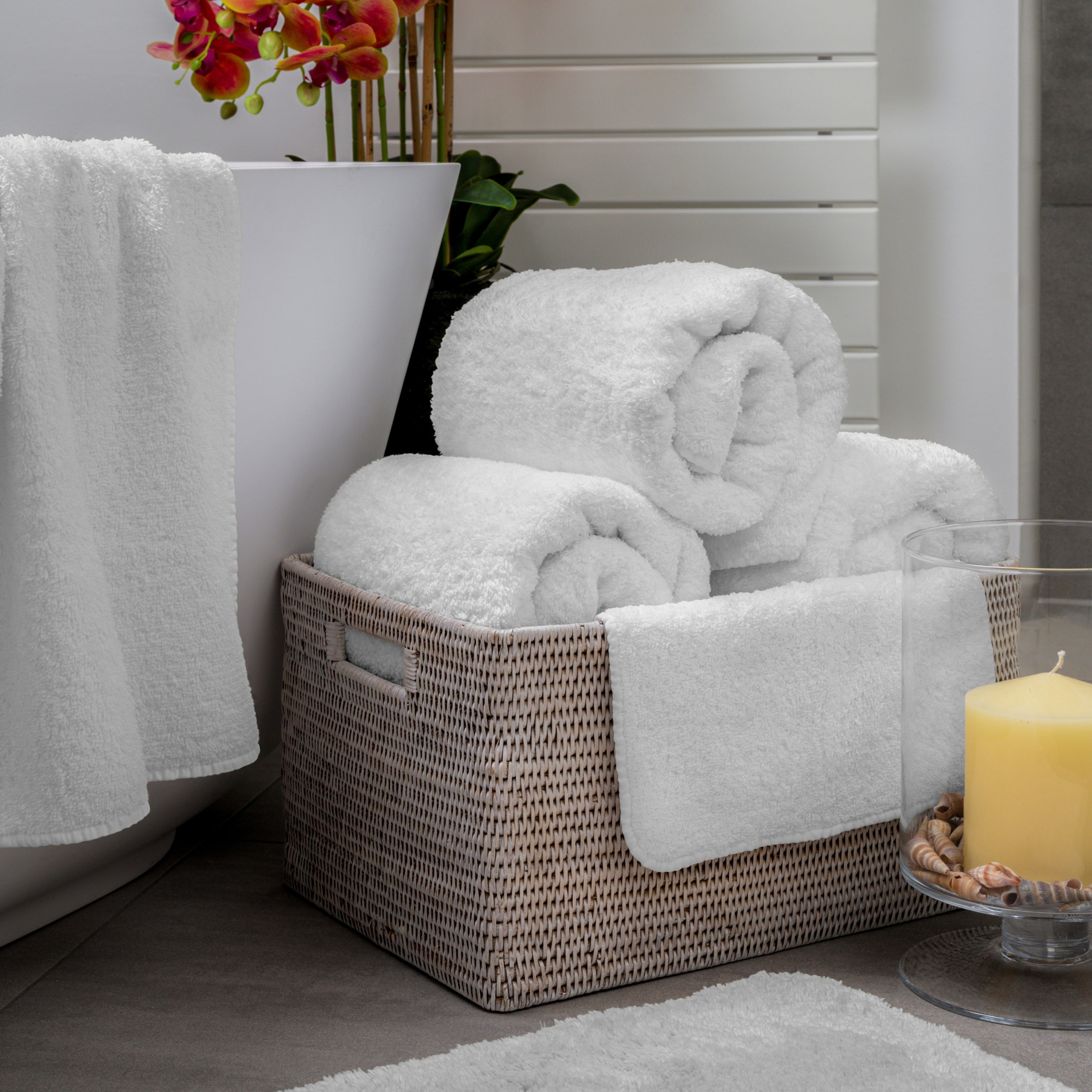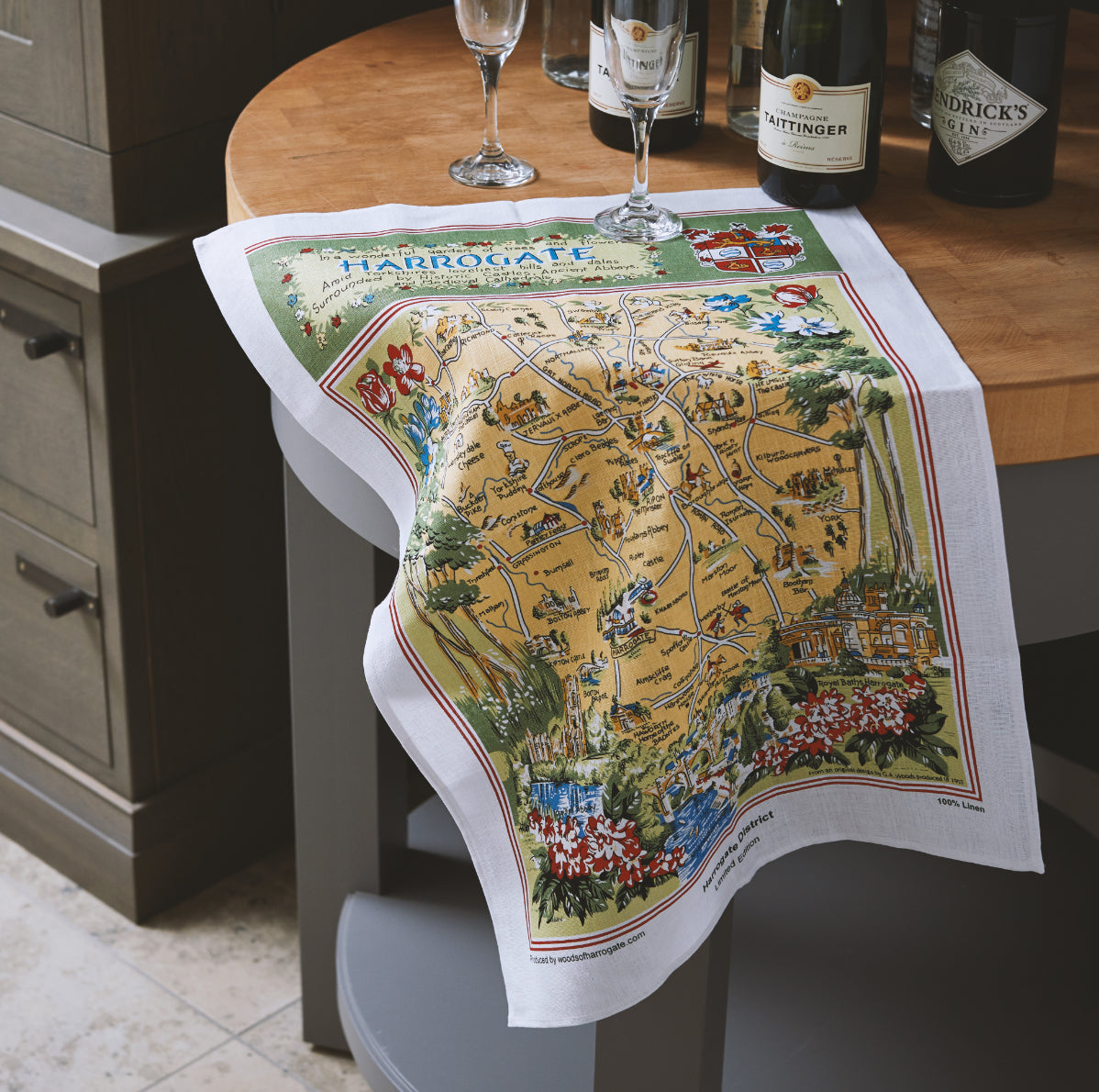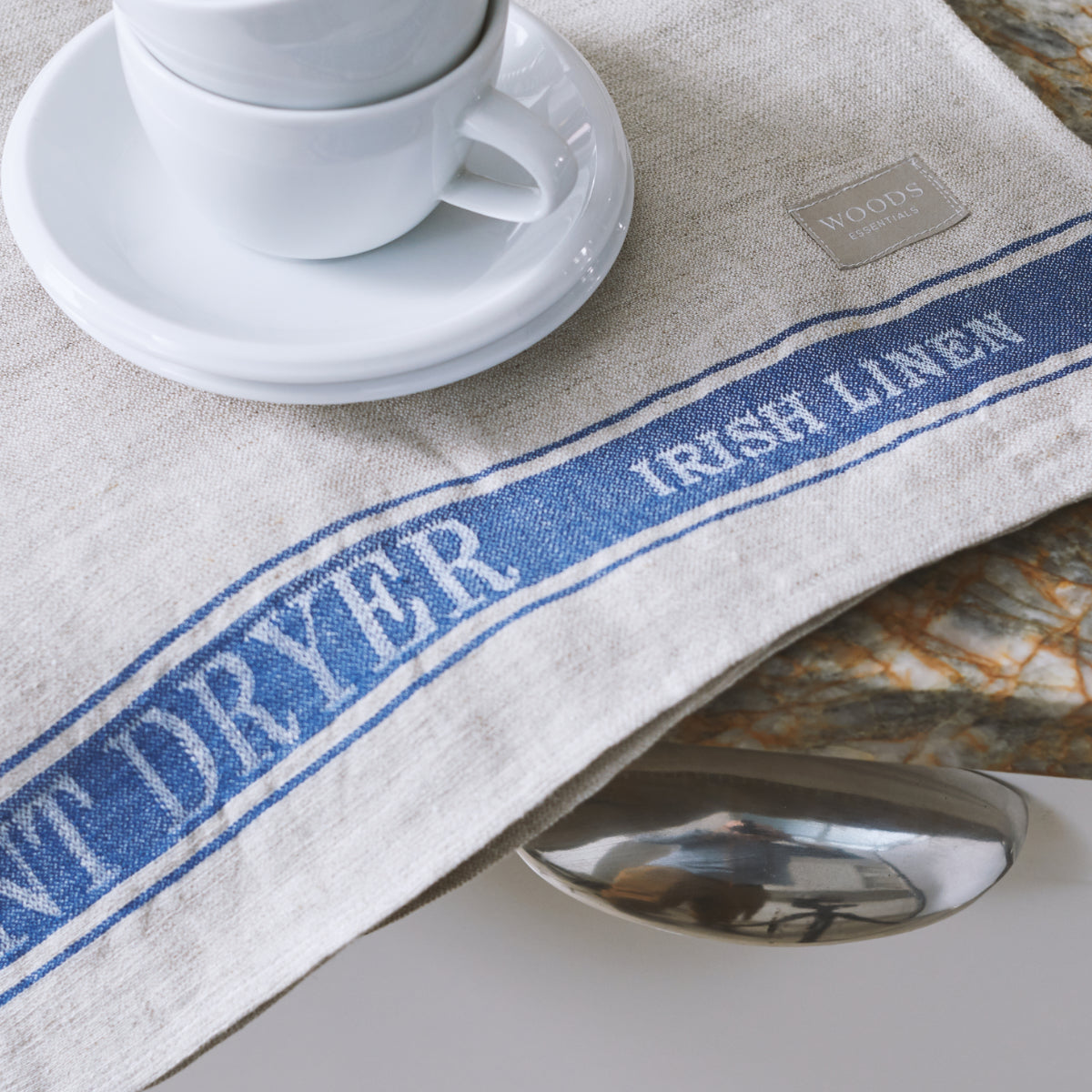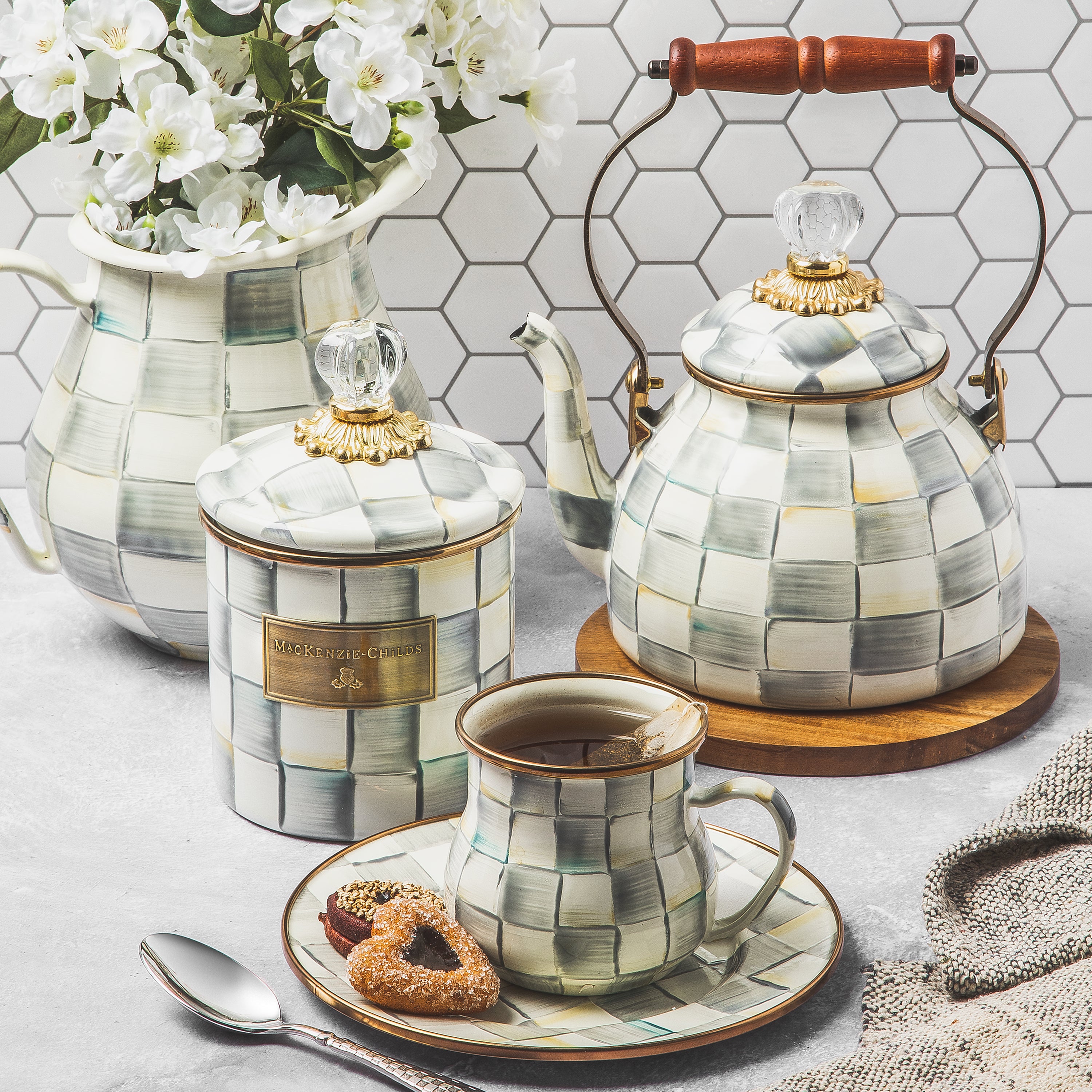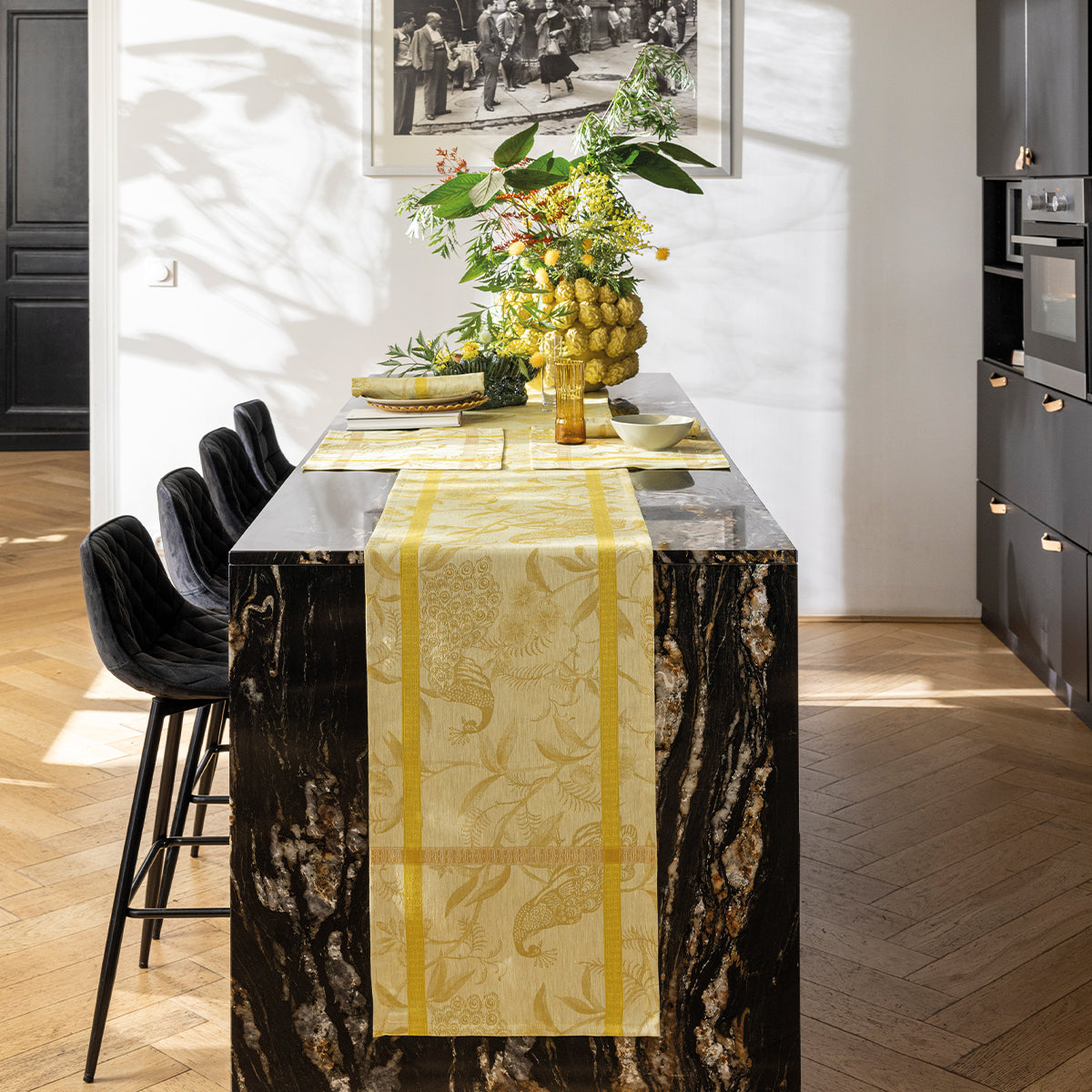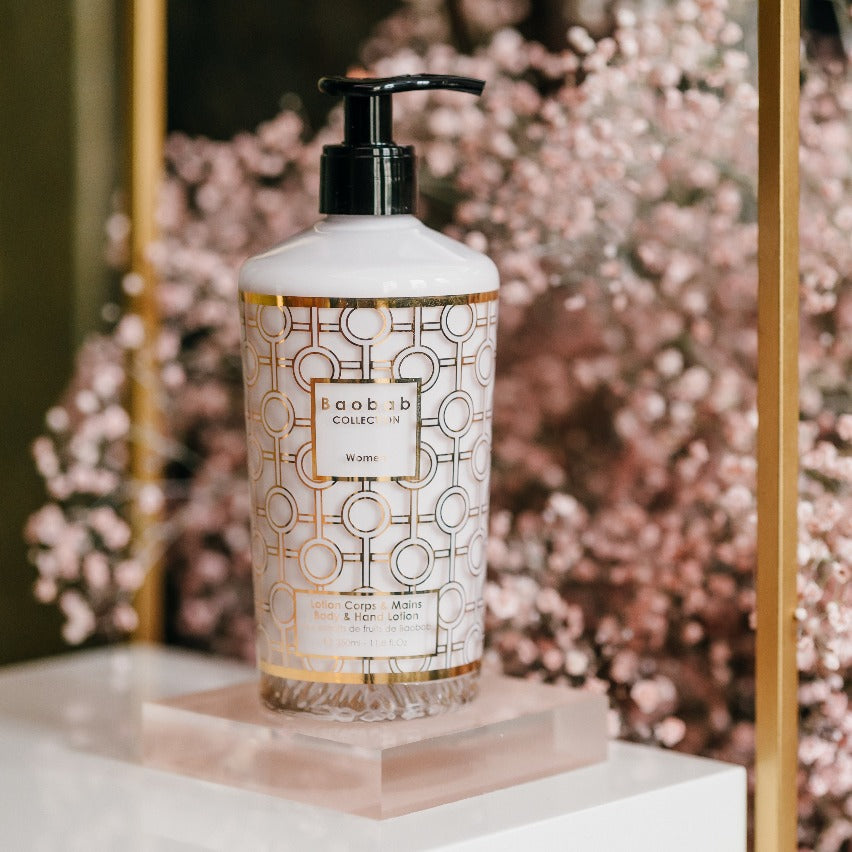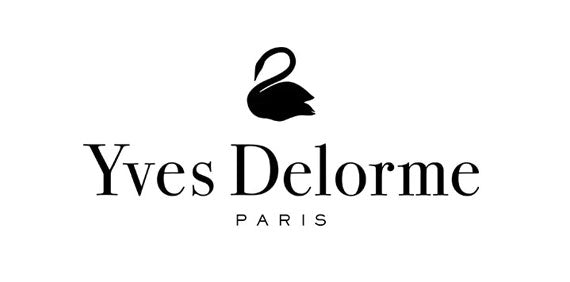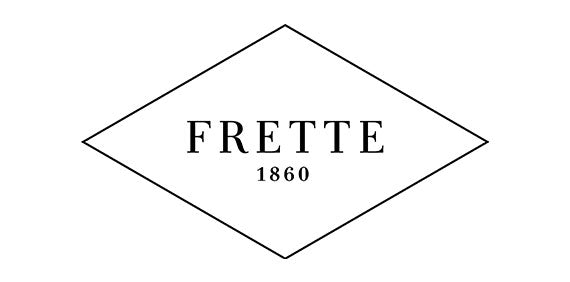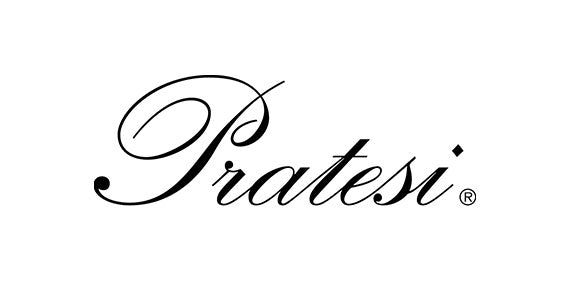Luxury Bedding Buyers Guide
The right bedding can help you sleep better at night and ensure that you awaken feeling refreshed, revitalised and ready to face the day ahead. However, with so much jargon to contend with, it can be difficult to know where to begin. This guide to buying luxury bedding will help you make the right choices, ensuring that you get excellent value for your money and the best possible night’s sleep.
Buying Luxury Duvets and Pillows
Before you go off and buy yourself some beautiful new bed linens, it’s important to get the foundations down. The right duvet comforter can mean the difference between an undisturbed night’s sleep and many fraught hours spent tossing and turning, whilst the right pillow can ensure that you wake up feeling rested and refreshed rather than achy and stiff.
The following sections will help you choose the right luxury bedding depending on the time of year, your sleeping position and your unique sleep preferences and requirements.
Duvets
Your first consideration when buying a duvet comforter should be its tog rating, as this gives a good indication of its relative warmth. Duvets around 4.5 tog are best for keeping you cool and comfortable in spring and summer, whilst 9.0 tog is the perfect all-rounder and sufficiently warm in most cases, duvets with a 13.5 tog and higher will keep you warm and snug in autumn and winter, especially in colder rooms and climates.
Some duvets, such as our 4.5 tog and 9.0 tog Hungarian/Siberian goose down duvets, can be attached together to create a single warmer (4.5 + 9.0 = 13.5 tog) duvet. Perfect for chilly winter nights others, like our Perfect Partners duvet, have a different tog for each side of the bed (you can choose), solving the age-old problem of one partner being too hot and the other too cold.
Choose a duvet with a natural filling if possible, as this will have better temperature regulating properties (essential for a good night's sleep) and be more breathable than synthetic, and is also likely to last for much longer. The softest and warmest feather and down comes from birds of cooler climates, with Icelandic eiderdown (naturally harvested) being widely regarded as the best natural insulator available but also incredibly expensive.
If you are allergic to feather and down duvets, you will be thrilled to learn that our duvets are certified hypoallergenic. You may also choose a synthetic, wool or silk-filled duvet as a suitable alternative. Synthetics do not regulate temperature quite as well as natural fibres.

Pillows
The most important quality in a pillow is the correct balance of comfort and support. This depends largely on your regular sleeping position, and you should aim to choose a pillow that keeps the spine in neutral alignment to prevent aches and pains in the back, neck and shoulders.
For front or back sleepers, we recommend a single Woods Luxury White Duck Down Pillow, as this places your neck and spine in the most natural position from our pillow range.
Most people tend to sleep on their sides, all our pillows will suit this position.
Again, you should opt for a natural filling if possible as this will remain breathable throughout the night and keep its shape for longer than synthetic. Choose a high down-to-feather ratio for cloud-like softness, 50/50 for medium/firm support, or a 100 percent feather pillow for extra firmness.
If you are allergic to feather and down, you'll be pleased to hear that all our pillows are certified hypoallergenic or you may prefer a synthetic one, although these do not regulate temperature quite as well and that is a vital ingredient to a comfortable night's sleep.
Many people place a down pillow on top of a feather one to get the extra support they need without compromising on comfort especially for sitting up and reading in bed and dressing the bed. Alternatively, a bolster or continental style square pillow will add support under your existing pillow whilst giving a chic continental look.
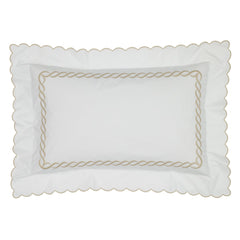
Buying Luxury Bed Linen
Luxury bed linen will not only bring finesse to your interior design scheme; it can also provide a more comfortable and restful night’s sleep by enhancing the temperature-regulating properties of your duvet and pillows.
Many people are led to believe that thread count (threads per square inch) is the best indicator of quality, but this assumption is misguided. Different thread counts simply give different textures, so it makes more sense to base your decision on the quality of the raw material, the weave and the design.
Material
The most important thing is to choose bed linen made from good quality, 100 percent natural fibres, as this will respond to changes in temperature and humidity to keep you comfortable all year round. Two popular choices include:
- Cotton. This is the most commonly used material for luxury bed linen and for good reason. It’s soft, cool and comfortable as well as durable and long lasting. Choose long-staple cotton for a smooth, crisp and luxurious feel, particularly Egyptian cotton.
- Linen. It may be a less common choice but linen is exceptionally comfortable, breathable and absorbent, ideal if you tend to get hot at night. Some people avoid it because they think it will be too stiff, but it takes on a beautiful softness after a few washes and is the material of choice for many luxury bedding aficionados.
Synthetic fibres such as polyester are less porous and can quickly become hot and uncomfortable, so don’t be fooled by the tempting price tag.
Weave
Which weave you should choose depends largely on personal preference and budget. Here are some of the most popular choices:
- Plain weave: light, soft and comfortable; excellent value for money; a good all-rounder
- Percale: a tighter version of plain weave; gives a crisp and smooth feel with a matte look
- Twill: diagonal weave; gives enhanced softness, a distinctive drape and a weighty feel
- Sateen: fine threads woven to a high count; gives a silky smooth feel and a lustrous sheen
- Patterned: Dobby weave, e.g. waffle: small, textured geometric patterns, often used for detailing around the edges of pillowcases and duvet covers or Jacquard weave, e.g. damask: thick, luxurious feeling fabric featuring a distinctive multidimensional matte/sateen pattern; relatively expensive
Design
When it comes to design, it’s important to consider the effect that your bed linen will have on your bedroom scheme as a whole. Do you want to make a statement or acknowledge a seasonal trend? Or would you prefer something understated for a timeless look and feel?
If you are looking for versatile bed linen that will stand the test of time, the latter may well be the safer option. Understated doesn’t have to mean dull, and one can use classic bed linen featuring elegant detailing to bring beauty and finesse to virtually any bedroom design scheme.
From classic cording to elaborate ladder spoke detailing, fine details such as embroidery, hemstitching and contrasting borders can look very effective without being overpowering or tying your bedroom to a particular period or trend.
If you would prefer something more striking, choose bolder bed linens featuring intricate jacquards and prints. In particular, we recommend Frette’s Couture collections, which are updated seasonally.

Pieces
Now that you understand the intricacies of all the different materials, weaves and designs, the only thing left to do is select the necessary pieces of bed linen.
- Pillowcases and duvet covers: choose housewife (edge-to-edge; fits to the contours of a pillow) or Oxford (with a border around the edge), depending which you prefer the look of.
- Sheets: choose fitted (elasticated) sheets to cover the mattress as these will be easier to put on and stay in place for longer. Flat sheets traditionally sit between the sleeper and the duvet and are ideal for creating a cosy, multilayered effect. They are particularly useful if you love the look of a cotton sateen duvet cover but don’t like the feel of it against your skin.
Completing your Luxury Bedding Set
If you tend to get cold at night, it is a good idea to keep a wool blanket or quilted bedspread close to hand. Choose one of high density (measured in gsm) for luxurious warmth or one of low density for a cosy feeling without too much weight.
Many people overlook mattress toppers and protectors when choosing luxury bedding. However, they are a worthwhile investment as they can make a real difference to the quality of your sleep whilst prolonging the life of your mattress.
Our natural filled mattress toppers feature a layer of 80 percent down and 20 percent feather on the top and a layer of 85 percent feather and 15 percent down on the bottom, giving excellent support and comfort. We also have hypoallergenic mattress toppers, which are deeply filled with soft polyester clusters sealed in cassette pockets to ensure even distribution over the whole bed.
Buying Luxury Bedding from Woods Fine Linens
We hope our guide to buying luxury bedding has answered any questions you might have had. We want to ensure that you are able to make your choices with complete confidence, so if there’s anything else that you would like to know, please ask our knowledgeable staff and they will happy to help.
Visit our shop in Harrogate, call 01423 530111 or email shop@woodsfinelinens.com for further assistance. Alternatively, browse our range of luxury bedding here and order selected pieces online for delivery.



